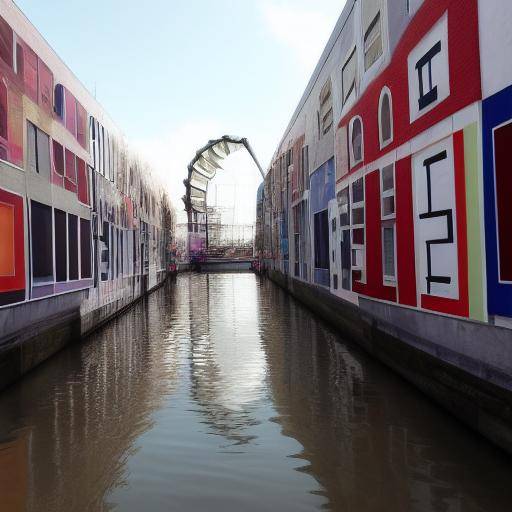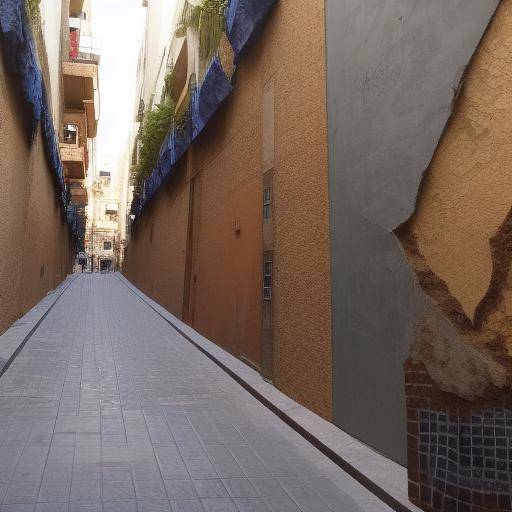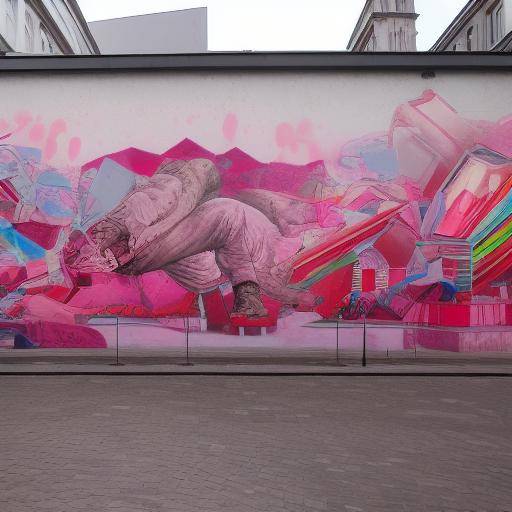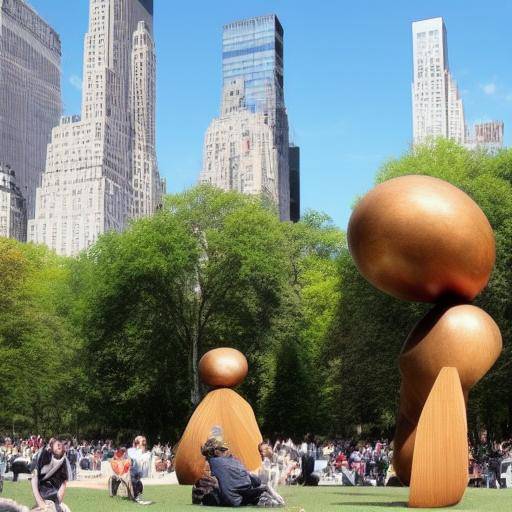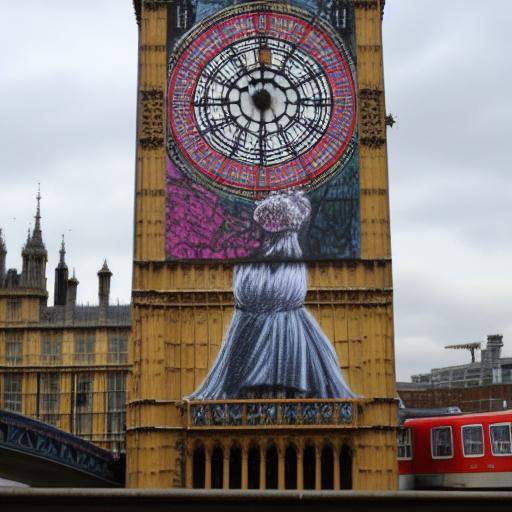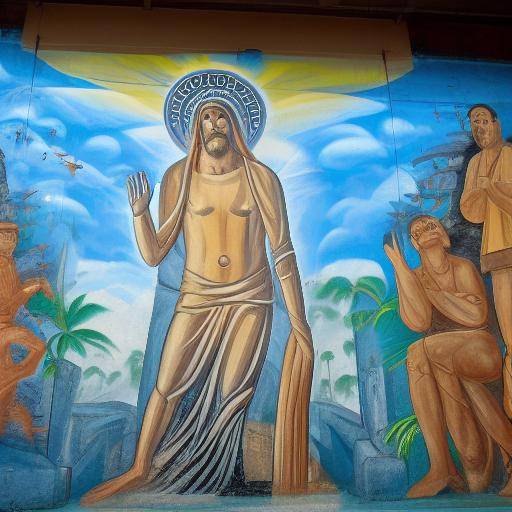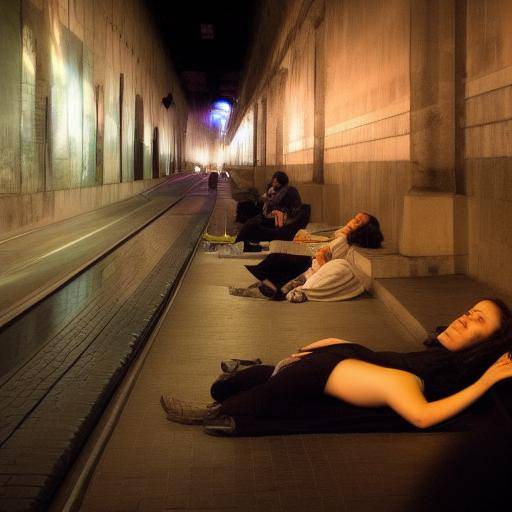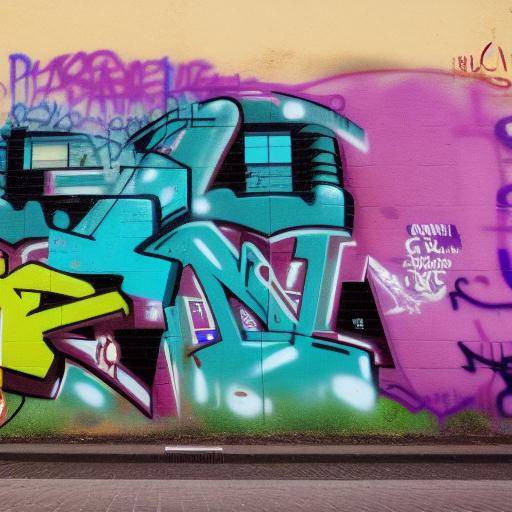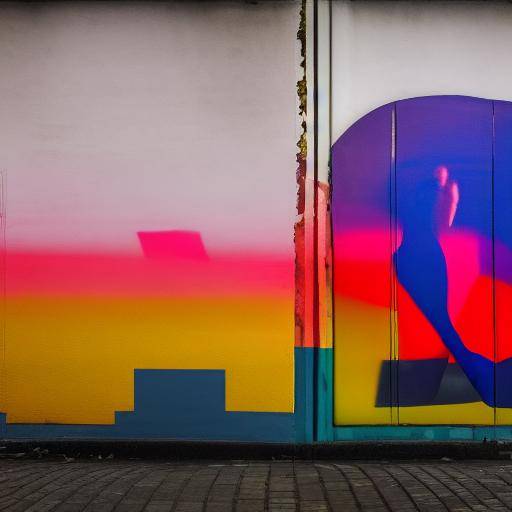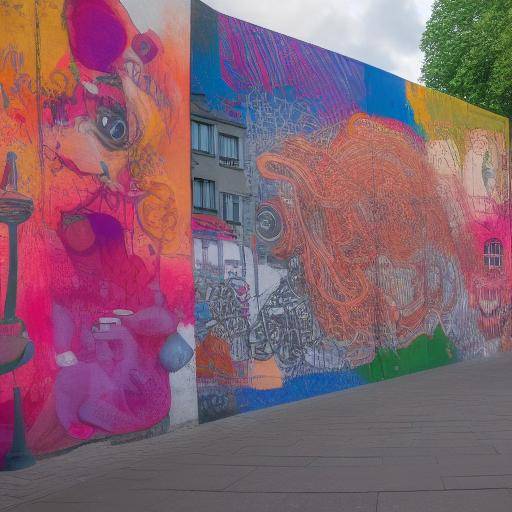
Welcome to an artistic adventure on the streets of Berlin! The German capital is not only known for its rich history and vibrant nightlife, but also for its impressive urban art scene. In this article, we will explore the intersection between urban art, Berlin and tourism in this fascinating city. From its historical evolution to practical advice for travelers, we will discover how creativity flourishes in every corner of Berlin.
Introduction
Berlin is an urban canvas where art comes alive in the facades of buildings, walls and streets. This metropolis has attracted artists from around the world who have left their mark in the form of graffiti, murals and diverse artistic expressions. What makes this urban art so special? How has tourism influenced Berlin? Join us on this journey to discover it.
History and Background
Urban art in Berlin has deep roots that go back to the political divisions and the reunification of the city. Since the fall of the Berlin Wall in 1989, urban art has flourished as an expression of freedom and a means of healing the scars of the past. Known by his visionary artists such as Thierry Noir and Kiddy Citny, urban art became a symbol of the new identity of the city.
The scene of urban art in Berlin is a testament to the cultural evolution of the city. Graphitis in the 1980s reflected the challenges of the Cold War, while contemporary works address issues of diversity, inclusion and social activism. A significant milestone was the creation of the East Side Gallery, a stretch of the Berlin Wall turned into an outdoor gallery that attracts visitors from around the world.
Detailed analysis
Urban art in Berlin has not only been a form of artistic expression, but also a motor for tourism. The economic and cultural impact of this phenomenon has been considerable, attracting avid travelers to explore the unique artistic scene of the city. This visitor torrent has generated opportunities for urban art tours, festivals and events that highlight Berlin's creativity.
Despite its benefits, urban art has also faced challenges, such as the constant struggle between the preservation of art and the fight against vandalism. However, as Berlin embraces its identity as an artistic metropolis, urban art has become an indispensable element of the urban landscape.
Comprehensive review
Urban art is not only a tourist attraction, but also a way of involving the local community. Art workshops, community projects and collaborations with local artists have enriched the lives of the inhabitants of Berlin, making urban art a tool for empowerment and social cohesion.
Within this dynamic, tourism in Berlin has experienced a transformation, with travelers looking beyond the emblematic places to discover the authenticity of the city through its urban art. Online travel agencies and platforms now offer specialized experiences that highlight Berlin's street art, giving visitors an intimate look at this form of artistic expression.
Comparative analysis
Urban art in Berlin presents a unique duality by combining history with contemporary creativity. The dynamics between urban art, Berlin and tourism have generated a vibrant cultural ecosystem that offers a deep vision of the city and its uniqueness.
Similarly, tourism in Berlin has benefited from urban art by diversifying the city's cultural offering, providing travelers with a unique experience that goes beyond conventional places.
Practical Tips and Accessible Recommendations
If you are planning to explore Berlin's urban art, here are some practical tips to get the most out of your experience:
- Take a guided tour: Numerous agencies offer specialized urban art tours that provide a deep knowledge of the works and artists behind them.
- Look for diversity: Urban art in Berlin spans from political murals to abstract expressions. Explore the artistic diversity of the city for an enriching experience.
- Connect with artists: Visit artists' studios and urban galleries to engage directly with the Berlin artistic community.
- Capture the moment: Do not forget your camera, as you will find countless opportunities to take stunning photos.
- Explore the less well-known neighborhoods: While urban art can be found in popular areas, don't be afraid to get into less touristic neighborhoods to discover hidden gems.
Industry Perspectives and Expert Reviews
According to Juan Pérez, a renowned urban art critic, "The street art of Berlin is a dynamic expression of its rebellious spirit and its openness to creativity. It is a visual testimony of the history of the city and its ability to constantly reinvent itself." The opinions of experts such as Pérez offer a unique view on the impact of urban art on the identity of Berlin and its tourist attraction.
Case Studies and Real Life Applications
The urban art of Berlin has transcended artistic borders to become a catalyst for cultural and social innovation. Projects such as "The Haus" have transformed buildings into temporary exhibition spaces, merging urban art with interactive facilities and cultural events. These dynamic initiatives have led urban art beyond the streets to inspire a new wave of creativity and participation in the city.
Future Trends and Predictions
As Berlin continues to evolve as a cultural epicentre, future trends in urban art and tourism aim at greater integration and collaboration. The city is expected to continue to host urban art festivals, collaborative events and urban revitalization projects that incorporate art as a central element. In addition, the digitalisation of information on urban art in Berlin will facilitate tourists to discover and better understand the artistic wealth of the city.
Conclusions
The urban art of Berlin embodies unlimited creativity and the ability to transform urban spaces into living canvases. Through this journey, we have explored the intersection of urban art, Berlin and tourism, discovering how the city has become a coveted destination for street art lovers. With its rich historical legacy and overflowing creativity, Berlin’s urban art continues to capture the imagination of visitors and locals alike, consolidating its place as one of the global urban art capitals.
Frequently asked questions
Question 1: What is the origin of urban art in Berlin?
Urban art in Berlin has its roots in the division of the city during the Cold War, where graffiti became a form of expression and resistance.
Question 2: What are the most outstanding places to appreciate urban art in Berlin?
The East Side Gallery, the Kreuzberg district and Friedrichshain district are outstanding areas where you can enjoy a wide range of urban art.
Question 3: How has urban art influenced Berlin's tourism?
Urban art has diversified Berlin's tourist offer, attracting travelers who seek to experience a unique and authentic experience.
Question 4: What is the best way to explore Berlin's urban art?
It is recommended to take a guided tour of urban art to obtain a deep knowledge of the works and artists behind them.
Question 5: What aspects of urban art make Berlin stand out as an artistic destination?
Diversity, the unique history of the city and its creative environment make Berlin an exciting place for urban art.
Question 6: What events or festivals of urban art are held in Berlin?
Berlin hosts several urban art festivals, such as the "Berlin Mural Fest" and the "Urban Spree Festival", which celebrate the culture of street art.
We hope that these questions and answers have helped to clarify some common doubts about urban art, Berlin and tourism in this fascinating city!
In short, Berlin is a paradise for lovers of urban art and a tourist destination that embodies creative rebellion and modern history. Every corner of this city tells a story through art that captivates visitors and leaves a lasting impression. If you are planning a trip to Berlin, make sure you immerse yourself in your diverse urban art scene, exploring the creativity that adorns your streets and buildings with every step you take. Get ready to discover creativity in every corner of the city!
With this article, we have unraveled the fascinating relationship between urban art, Berlin and tourism, hoping to inspire your next trip to this unique city in its kind.

